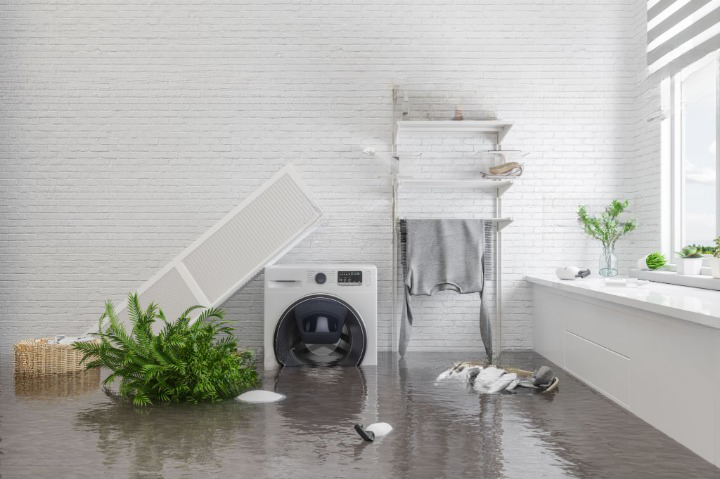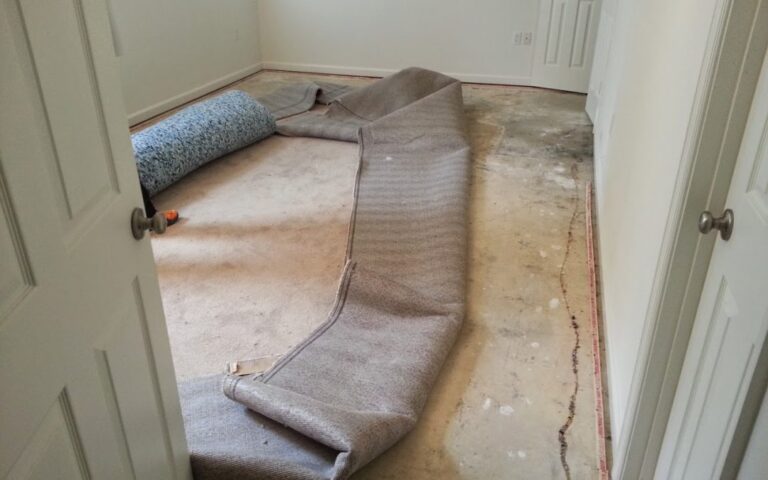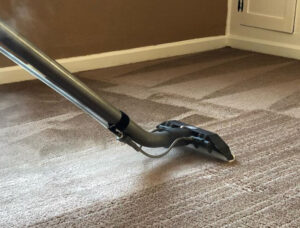Introduction
Flooded basements can be a nightmare for homeowners, but with the right approach, you can minimise damage and restore your basement to a safe condition. This guide provides essential tips for cleaning up and restoring a flooded basement.
1. Assess the Damage
Before starting the cleanup process, thoroughly assess the extent of the damage caused by the flooding. Look for structural damage, damaged appliances, and any potential electrical hazards.
Explanation: Carefully inspect the basement to identify any visible damage or potential risks. Take note of damaged items and areas that require immediate attention.
2. Ensure Safety First
Prioritize safety during the basement cleanup. Switch off the power supply to the affected area and wear protective gear such as gloves, boots, and masks to guard against contaminants.
Explanation: Safety is crucial when dealing with flooded basements. By turning off the power and using proper protective equipment, you can reduce the risk of electrical shocks and exposure to harmful substances.
3. Remove Standing Water
Start by removing standing water from the basement. Use a submersible pump, wet vacuum, or buckets to extract the water. Be sure to dispose of the water properly.
Explanation: The first step in the cleanup process is to eliminate the standing water. Depending on the volume, you can use equipment like submersible pumps or wet vacuums to efficiently remove the water from the basement.
4. Dry the Basement
After removing the water, focus on drying out the basement to prevent further damage. Open windows and doors for ventilation, use fans and dehumidifiers, and consider renting professional-grade drying equipment if needed.
Explanation: Proper drying is crucial to avoid mold growth and additional damage. Adequate ventilation, air circulation, and the use of dehumidifiers and fans help expedite the drying process.
5. Clean and Disinfect
Thoroughly clean and disinfect all affected surfaces, including walls, floors, and furniture. Use appropriate cleaning agents to eliminate bacteria, mold, and other contaminants.
Explanation: Cleaning and disinfection are essential to restore the basement’s cleanliness and remove potential health hazards. Follow proper cleaning techniques and use recommended disinfectants to ensure effective sanitation.
6. Address Damaged Items and Furniture
Evaluate the condition of items and furniture that were exposed to water. Salvage what you can, and properly dispose of severely damaged items. Consider professional restoration services for valuable or sentimental belongings.
Explanation: Some items may be salvageable with proper cleaning and restoration, while others may be beyond repair. Determine which items can be saved and restore them accordingly. For valuable or sentimental items, seek professional assistance.
7. Prevent Future Flooding
Take preventive measures to reduce the risk of future basement flooding. Install a sump pump, improve drainage systems, seal cracks and gaps, and consider elevating valuable items off the basement floor.
Explanation: To minimize the chances of future basement flooding, implement preventative measures such as installing a sump pump, improving drainage, and sealing any potential entry points for water. Elevating belongings can provide an additional layer of protection.
Conclusion
By following these expert tips, you can effectively clean up and restore a flooded basement. Act quickly, prioritize safety, and take preventive measures to safeguard your basement from future water damage.














